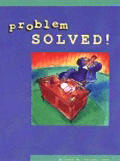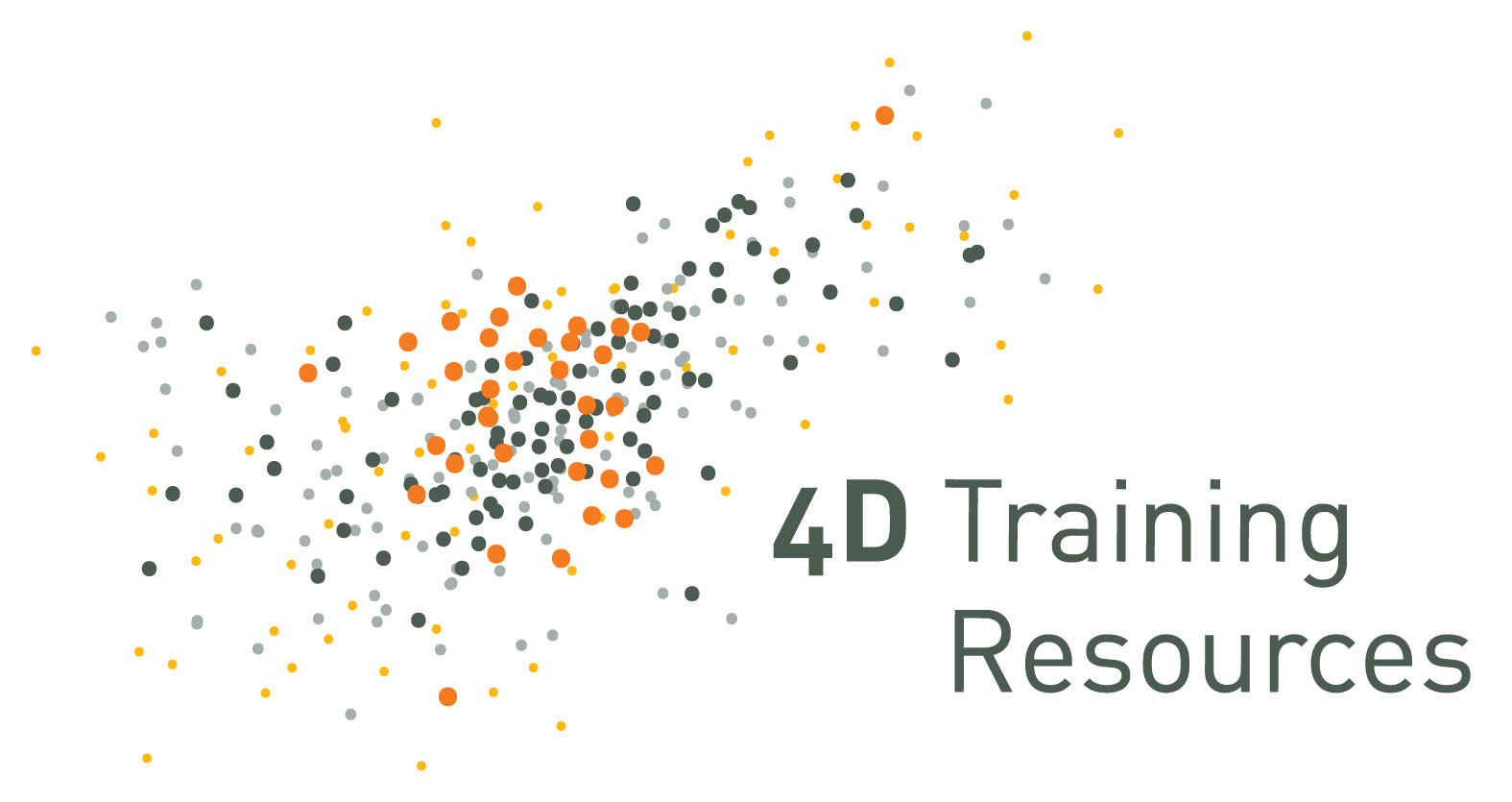Problem Solved!

It’s the small, everyday problems - the ones that need quick but effective solutions - that really take a chunk out of your day. So how do you solve these problems and still leave time for the more complex issues at hand?
Problem Solved! utilizes a 25-item assessment to provide participants with an easy-to-use, 5-step problem-solving process. By using this process, individuals can identify and monitor their skill level at each step.
Learning Outcomes
- Learn an effective way to solve everyday problems
- Identify strengths and weaknesses at each step of the process
- Create action plans for improvement
Theory
Problem Solved! is based on a process of 5 steps (The Problem Solved! Process). The instrument takes the perspective that a systematic method of problem solving followed and practiced on a regular basis yields rapid and efficient problem solving (Hesselberth, 1994). Drawing on the work of Sternberg (1986) and Klubnik & Greenwood (1994), the Problem Solved! Process is based on the most common and most sensible steps.
How It Works
With a recent problem in mind, participants respond to 25 behavior-related statements, indicating the extent to which they practiced the behavior. By scoring and charting results, they create a visual depiction of their comfort level with each of the 5 problem-solving steps. Participants learn about the 5-step Problem Solved! Process, discuss everyday problem solving, apply the Problem Solved! Process to a current problem, and make action plans.
Uses for Problem Solved!
Problem Solved! is best used with participants who require a quick problem-solving method. Other instruments (e.g., the Force Field Problem Solving Model) can be used for working with in-depth problems. Effective when used as a stand-alone tool as well as part of a larger program, the Problem Solved! is particularly helpful for individuals or groups who:
- Face repeated short-term problems
- Must engage in problem solving daily or weekly
- Need to solve problems within a short period of time (e.g., one hour)
- Need a standard method for problem solving that can be applied universally
- Tend to spend too long solving everyday problems
What to Order/Product Contents
Order one Facilitator Guide per trainer and one Participant Guide per participant.
Facilitator Guide includes:
- Administrative guidelines
- Theoretical background
- Training design
- Detailed descriptions of the 5 problem-solving steps
- Tips for problem solving
- Case study
- Overhead transparency and participant handout masters
Participant Guide includes:
- 25-item assessment
- Pressure-sensitive response form
- Detailed descriptions of the 5 problem-solving steps
- Tips for problem solving
- Chart to record assessment results
- Reflection questions
- Action planning

